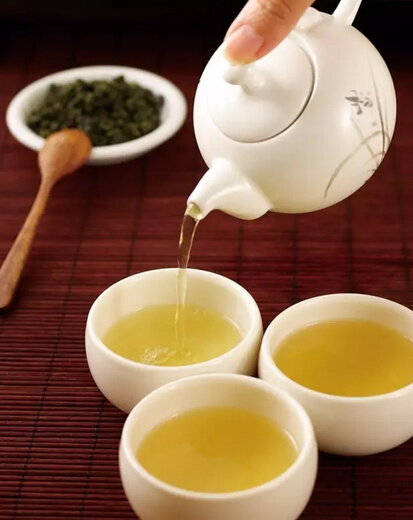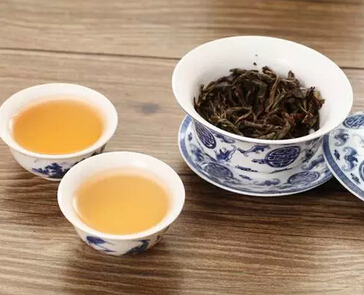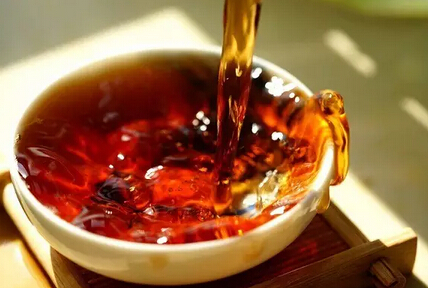Many tea lovers notice that when tea cools, the liquid turns cloudy and loses its pleasant taste. Why does this happen? Is drinking cooled tea harmful to health? Today, we’ll explore these questions.

Hot tea, served at a high temperature, has a vibrant aroma and smooth taste due to faster molecular movement—similar to how stir-fried vegetables release more fragrance when hot. However, as tea cools, polyphenols and vitamins oxidize, gradually reducing its nutritional content. Prolonged exposure to air can also allow harmful microbes to grow, spoiling the tea’s flavor and quality.

It’s common to observe that a bright, reddish-orange tea darkens and turns turbid over time. This occurs because caffeine binds with catechins and their oxidation products, forming complexes. These compounds are non-toxic and pose no health risks.

Most aromatic compounds in tea are high-boiling-point organic substances that volatilize at high temperatures. Thus, hot tea has a richer aroma. As tea cools, its original fragrance, smoothness, sweetness, and aftertaste fade, diminishing the drinking experience.

Additionally, reheated or stale tea differs from cold-brewed tea, which is steeped in cold water and retains nutrients without developing bitterness or harmful substances. Cooled tea, however, not only loses flavor but may also foster microbial growth, increasing harmful components. Therefore, it’s best to avoid drinking tea that has gone cold.
